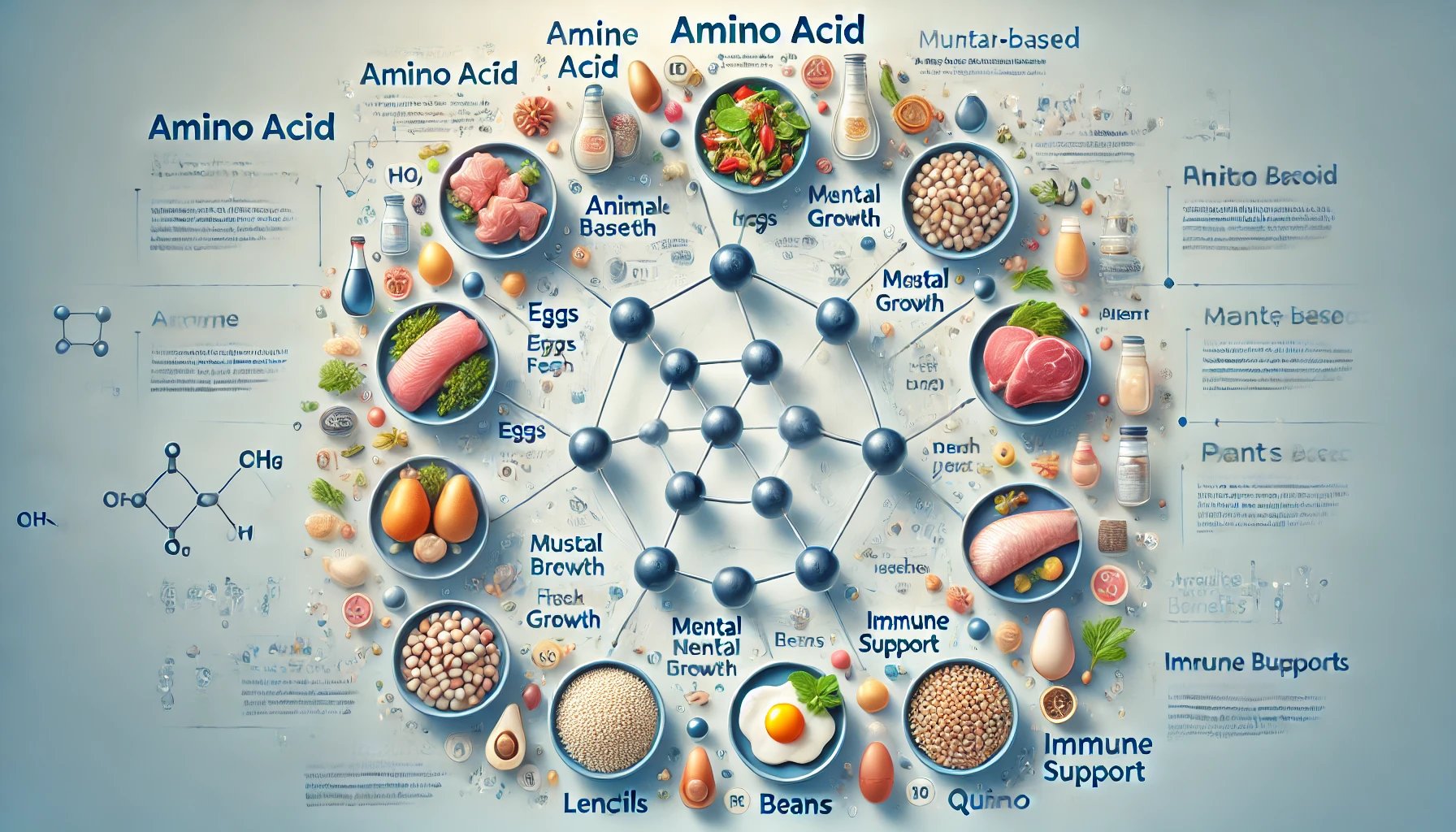In recent years, tahhiini has become a buzzword in culinary and health communities alike. Known for its smooth texture and nutty taste, this sesame seed paste has been part of human diets for centuries. From traditional Middle Eastern dishes to modern wellness recipes, tahhiini offers both flavor and nutrition. If you are curious about what makes this ingredient special, let’s dive deep into its origins, benefits, and many ways to use it.
What Exactly is Tahhiini?
Simply put, tahhiini is a paste made by grinding hulled or unhulled sesame seeds into a creamy consistency. Its taste can range from mild to earthy, depending on the type of seeds and preparation method. Unlike processed spreads loaded with artificial additives, tahhiini is usually pure, consisting of just sesame seeds and sometimes a small amount of salt or oil.
Historical Background of Tahhiini
The history of tahhiini stretches back thousands of years. Ancient cultures in Mesopotamia, Egypt, and the Mediterranean valued sesame seeds for their high oil content and long storage life. From there, tahhiini became a staple in Middle Eastern diets and was often used during religious gatherings, feasts, and traditional recipes. Over time, it made its way across continents, finding a permanent place in kitchens from Asia to Europe and, more recently, the Americas.
Nutritional Advantages of Tahhiini
The growing popularity of tahhiini is no accident—it is a powerhouse of nutrients.
1. Good Source of Plant-Based Protein
Protein is essential for muscle health, repair, and energy. Tahhiini offers a plant-based alternative for people who avoid animal products.
2. Packed With Healthy Fats
Tahhiini provides unsaturated fats that support cardiovascular health. Unlike unhealthy trans fats, the fats in tahhiini promote balanced cholesterol levels.
3. High in Minerals
A spoonful of tahhiini contains calcium, iron, magnesium, and phosphorus—minerals that are vital for bone density, oxygen transport, and energy production.
4. Antioxidant Support
Sesame seeds, the main ingredient of tahhiini, are rich in lignans, compounds that fight oxidative stress. This makes tahhiini a natural ally against inflammation and cell damage.
Culinary Uses of Tahhiini
One of the main attractions of tahhiini is its versatility. It works equally well in savory and sweet dishes.
Traditional Recipes Featuring Tahhiini
-
Hummus: Blended with chickpeas, lemon juice, and garlic, tahhiini adds creaminess and depth.
-
Baba Ghanoush: Eggplant and tahhiini combine for a smoky, rich dip.
-
Halva: A sesame-based dessert that highlights tahhiini’s natural sweetness.
Modern Creative Uses
-
Whisked into salad dressings for a nutty tang.
-
Spread on toast or crackers as a healthier alternative to butter.
-
Blended into smoothies for extra creaminess.
-
Used in baking, adding richness to cookies, brownies, or cakes.
Tahhiini’s Role in Culture
Beyond food, tahhiini carries cultural meaning. In many Middle Eastern and Mediterranean homes, it is an everyday essential. It represents heritage, family traditions, and the passing down of recipes through generations. Even in modern times, tahhiini remains a symbol of hospitality, often served at gatherings and festive occasions.
Storing Tahhiini the Right Way
To keep tahhiini fresh, store it in a cool, dark place before opening. Once opened, it should be refrigerated to preserve its flavor and nutrients. Because natural oils separate, a quick stir is all it takes to restore its creamy texture.
Why Tahhiini is Considered a Superfood Today
With the rising demand for plant-based, nutrient-dense ingredients, easily fits into modern diets. It’s gluten-free, vegan, packed with minerals, and offers a perfect balance of protein and healthy fats. Athletes, health enthusiasts, and food lovers alike appreciate its ability to enrich both body and palate.
Conclusion
From its ancient roots to its modern-day status as a superfood, has stood the test of time. It’s more than just a spread—it’s a nutritional powerhouse, a cultural icon, and a culinary gem. Whether you enjoy it in hummus, drizzle it over roasted vegetables, or mix it into desserts, brings both health and flavor to the table. Adding this simple yet powerful paste to your diet is a delicious way to honor tradition while embracing a healthier lifestyle.







